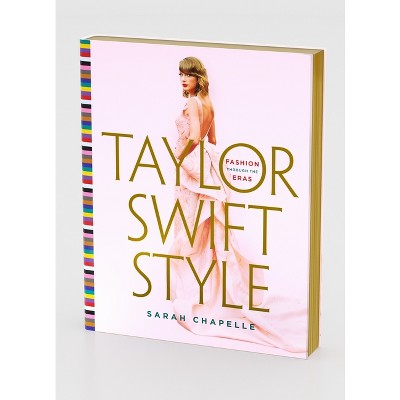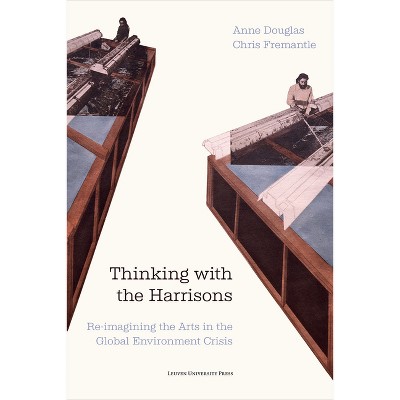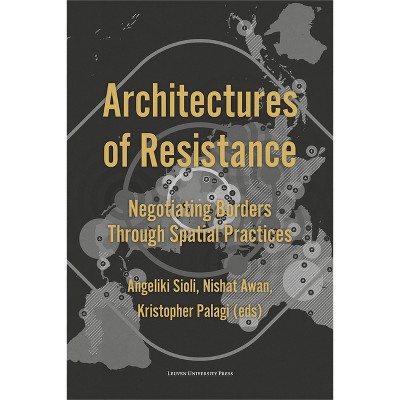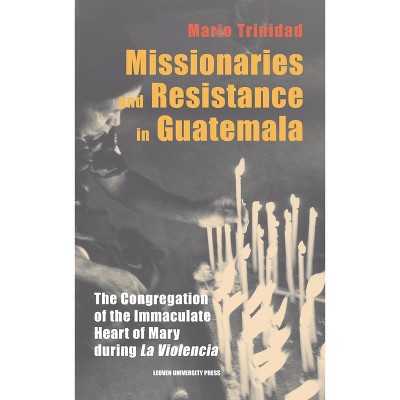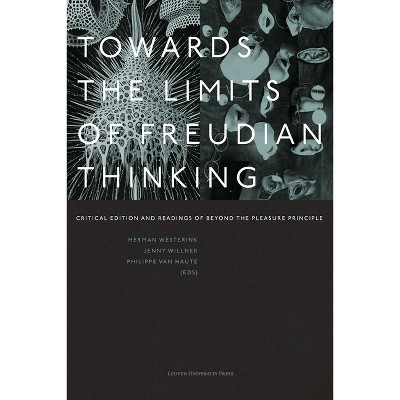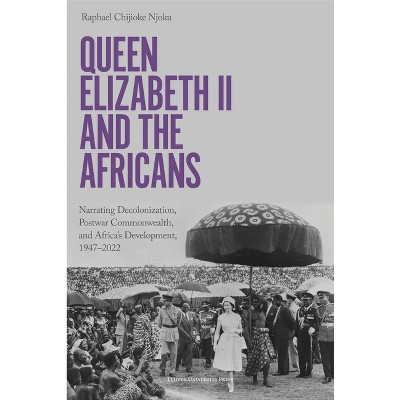About this item
Highlights
- In Anarchy of the Body, art historian KuroDalaiJee (a.k.a. Kuroda Raiji) sheds light on vital pieces of postwar Japanese avant-garde history by contextualizing the social, cultural, and political trajectories of artists across Japan in the 1960s.
- About the Author: KuroDalaiJee is an art historian in Japan.
- 752 Pages
- Art, Asian
Description
Book Synopsis
In Anarchy of the Body, art historian KuroDalaiJee (a.k.a. Kuroda Raiji) sheds light on vital pieces of postwar Japanese avant-garde history by contextualizing the social, cultural, and political trajectories of artists across Japan in the 1960s. A culmination of years of research, Anarchy of the Body draws on an extensive breadth of source material to reveal how the practice of performance by individual artists and art groups during this period formed a legacy of resistance against institutionalization, both within the art world and more broadly in Japanese society. This book contains 256 high-quality reproductions, including rare performance photographs not readily accessible elsewhere, as well as a comprehensive chronology.
KuroDalaiJee is an art historian in Japan. He earned his MA in art history from the University of Tokyo in 1985. Contributors: Kurokawa Noriyuki (editor), Andrew Maerkle (translator), Shima Yumiko (translator), Alice Kiwako Ashiwa (editorial assistant), Daniel González (translator), Claire Tanaka (translator), Giles Murray (translator), Jenny Preston (translator)
Translated from the original Japanese edition published with Tokyo: Grambooks, 2010.
In cooperation with Art Platform Japan / The Agency for Cultural Affairs, Government of Japan.
Art Platform Japan is an initiative by the Agency for Cultural Affairs, Government of Japan, to maintain the sustainable development of the contemporary art scene in Japan.
Review Quotes
'Anarchy of the Body' is cited in 'History of Japanese Art After 1945', particularly in the third section of the work where Kuresawa Takemi, professor at the Tokyo University of Technology, discusses the postmodern turn of contemporary Japanese art from 1990 to 2010: Kuresawa goes on to list a number of exhibitions and studies that give insight into the sometimes scattered influence of the 1960s on contemporary Japanese art in the 1990s and beyond. KuraDalaiJee's work is considered here as a 'masterpiece' that deals, not only with the major figures of performance (such as Hi-Red Center), but also with artists and collectives of lesser fame.
Alexandre Taalba, Chokusetsu kōdō l'action directe comme méthode artistique au Japon, Critique d'art, 60 2023, 80-90, https: //journals.openedition.org/critiquedart/104361
About the Author
KuroDalaiJee is an art historian in Japan. He earned his MA in art history from the University of Tokyo in 1985.






